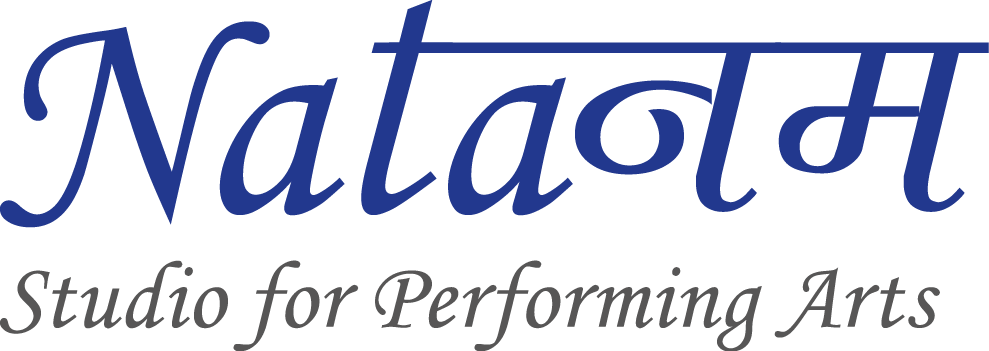Economic aspect
The declaration of UNESCO’s World Decade for culture (1988-97) was intended to focus international attention on culture in national life, especially in the developing world. this project aimed specifically to shift the existing narrow concept of economic development towards a broader one where the individual human being become the object and instrument of development. it was organised around four main objectives: placing culture at the centre of development, asserting and enhancing cultural identities, broadening participation in cultural life, and promoting international cultural cooperation. It attempts to integrate cultural policy into the wider context of economic policy.
Cultural services are now at the forefront of economic growth. Which is not accidental, but rather a natural process of the development. A better analytical foundation for the creative industries can be provided by taking the perspective of an emergent market economy. The economics of the creative industries is not the same as the economics of the agricultural or industrial economy. The central economic concern cultural services is not with the nature of inputs or outputs in production or consumption, or even with competitive structures, but with the nature of the markets that coordinate the artistic industry. This particular market is complex and has distinct social dimension which we dancers have to understand
On a world stage where regional, national and international dramas are played out, art and culture can be seen as two of the most fundamental driving forces shaping human behaviour. The desire for command over material resources and artistic expressions, is an apparently, unstoppable compulsion and governs much of what we see as artistic activity. At the same time, non-material impulses towards identification, belonging, creative expression, connection with the concern for others art forms will help the whole artistic market to flourish. We dancers can become a pervasive influence on how we perceive our life, how we interpret our place in it and consequently how we behave.
The economic developments and art industry are directly related to each other. When the GDP increases the art industry flourishes and vice versa. As Indian economy is on the verge of become developed economy, number of opportunities can be expected on the horizon of art and cultural industry. With the possibility of employment generation it is essential that we take steps is providing systematic dance training and education to the youth of the country. With the alarming increasing rate of unemployment Dance as a profession will provide great employment opportunities, apart from imbibing pride for our national heritage.
*References
Cultural economics – David Throsby
Glimpses of Indian classical dance – Shubhada Varadkar




